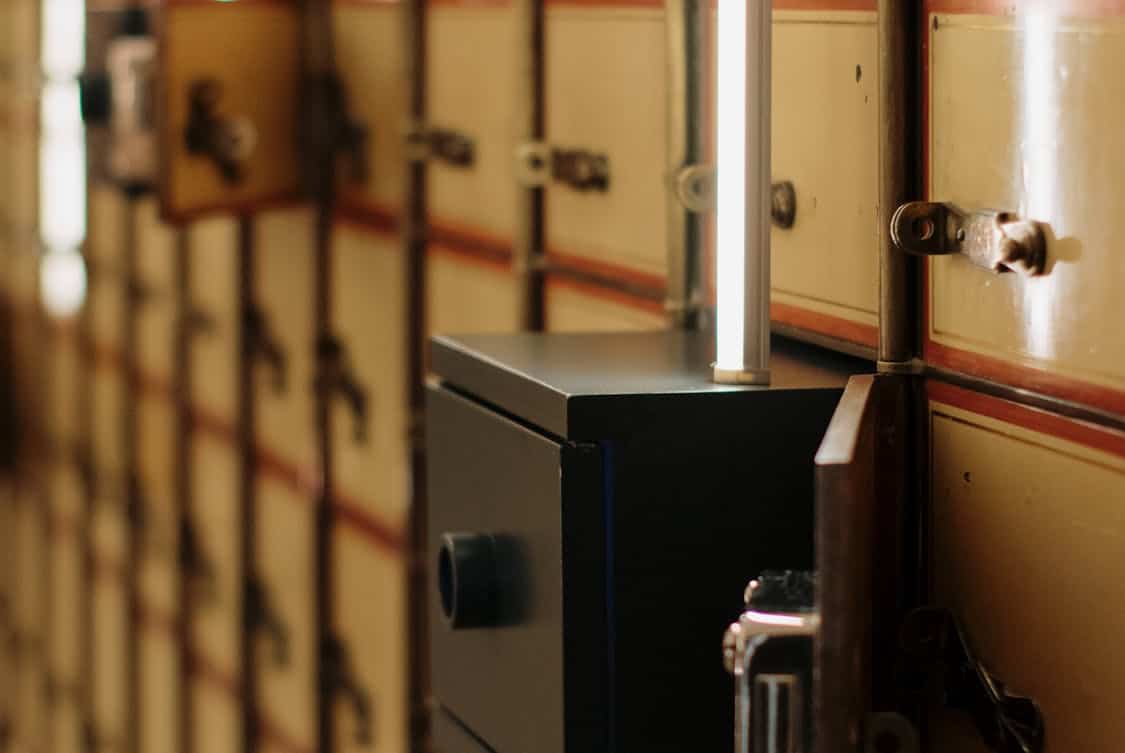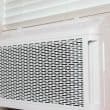Storing bullion at home can be an attractive option for many people, whether you’re an enthusiastic collector or a cautious investor. However, protecting your precious metals is paramount. This guide outlines practical steps to ensure your bullion remains secure.
Understanding Bullion
Bullion generally refers to gold, silver, or other metals that are valued by their mass and purity. It can come in various forms, including bars, coins, or rounds.
For those seeking a secure and reputable start, many investors have found peace of mind by investing through Money Metals Exchange, a trusted name in the precious metals market.
The primary appeal of bullion lies in its intrinsic value and the potential for appreciation over time. Knowing what you have is the first step in effective storage.
Assessing Your Collection
Before you think about storage, take inventory. Document the types, weights, and values of your bullion. This record can help you understand what you need to secure.
Additionally, consider the market value fluctuations; it’s wise to stay updated on current prices.
Choosing the Right Storage Location
Location matters when it comes to storing your bullion at home. A secure, discreet spot is essential. Common options include a safe, a hidden compartment, or even within false walls.
Don’t place your bullion in obvious places like under the mattress or in a drawer. Thieves often look there first. Instead, think creatively about where to store your valuables. Consider places that require effort to find, like a seldom-used basement or attic.
Selecting a Safe
Investing in a high-quality safe is one of the best ways to ensure your bullion’s security. Look for a safe that is both fireproof and waterproof.
Features to Look For
- Weight: A heavy safe is more difficult to steal.
- Lock Type: Combination locks can be secure, but electronic locks are often easier to use.
- Burglary Rating: Look for a safe with a UL rating for added peace of mind.
Insurance for Your Bullion
Insuring your bullion is a smart move. Homeowner’s insurance may cover some valuables, but it’s wise to check the specifics.
Consult with your insurance agent to ensure your bullion is covered under your policy. If not, consider specialized insurance for valuable collections. This can cover theft, loss, or damage, providing an extra layer of security.
Temperature and Humidity Control
Bullion can be sensitive to extreme temperatures and humidity. Keeping your metals in a controlled environment can prevent damage.
The ideal storage conditions for bullion typically range from 60 to 70 degrees Fahrenheit with a humidity level of 30% to 50%. This range helps maintain the integrity of your coins and bars, preventing tarnish and corrosion.
Handling Your Bullion
When moving or handling your bullion, take care to avoid scratches or other damage. Always handle coins and bars by their edges, avoiding direct contact with your skin whenever possible.
Generally, bullion does not require cleaning, and any attempt to do so can potentially decrease its value. If absolutely necessary, use a soft cloth to remove any fingerprints or spots, but always handle with care.
The Importance of Discretion
When it comes to bullion storage, keeping things under wraps is vital. Limit the number of people who know about your bullion stash. Trustworthy family members or close friends may be the exception, but discretion should be the name of the game.
Using a Safe Deposit Box

If home storage feels risky, consider a safe deposit box at a bank. This option provides a high level of security, although it comes with annual fees.
While a safe deposit box offers peace of mind, it also means limited access to your bullion. Weigh the convenience of home storage against the security of a bank.
Creating a Plan for Access
Should you ever need access to your bullion, having a clear plan is beneficial. Make it a habit to check your bullion every few months. This can help you spot any issues early on, such as signs of moisture damage. Keeping your inventory list updated will also aid in tracking your collection.
Preparing for Emergencies
While we hope it never comes to pass, having a plan for emergencies is crucial. Consider what would happen in case of a fire or flood. Having a fireproof safe can mitigate risks, but also think about where you would store your bullion if you needed to evacuate quickly.
Keeping Records
A detailed record of your bullion’s inventory is crucial for insurance claims and personal tracking. Keep receipts, photographs, and documentation of your purchases. This information will be useful if you ever need to file a claim or prove ownership.
Utilizing Technology
In today’s digital age, technology can aid in bullion storage. Consider using apps designed to help manage collections. These can help you track values and document changes over time, making inventory management simpler.
Security Measures Beyond the Safe
In addition to a safe, additional security measures can further protect your bullion. Installing security cameras and alarm systems can provide extra layers of protection. Signs indicating a security system can deter potential thieves from targeting your home.









